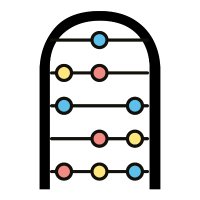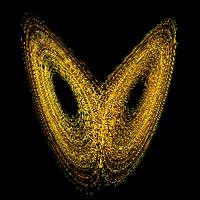
alex negrón
@algomage
—— mathematical science @Princeton PACM —— probability ∪ deep learning ∪ complexity
ID: 1575875701764665346
30-09-2022 15:51:51
268 Tweet
69 Followers
698 Following

New work arxiv.org/abs/2506.05500 on learning multi-index models with Alex Damian and Joan Bruna. Multi-index are of the form y= g(Ux), where U=r by d maps from d dimension to r dimension and d>>r. g is an arbitrary function. Examples of multi-index models are any neural net










Great to see this one finally out in PNAS! Asymptotic theory of in-context learning by linear attention pnas.org/doi/10.1073/pn… Many thanks to my amazing co-authors Yue Lu, Mary Letey, Jacob Zavatone-Veth and Anindita Maiti






Why do video models handle motion so poorly? It might be lack of motion equivariance. Very excited to introduce: Flow Equivariant RNNs (FERNNs), the first sequence models to respect symmetries over time. Paper: arxiv.org/abs/2507.14793 Blog: kempnerinstitute.harvard.edu/research/deepe… 1/🧵



This work is super cool Shikai Qiu! Shows that careful theory (partly our recent completeP extension of muP with Blake Bordelon ☕️🧪👨💻 Mufan Li Nolan Dey Lorenzo Noci Joel Hestness Shane Bergsma Cengiz Pehlevan Claire Zhang) allow one to extrapolate reliably from small scale experiments



